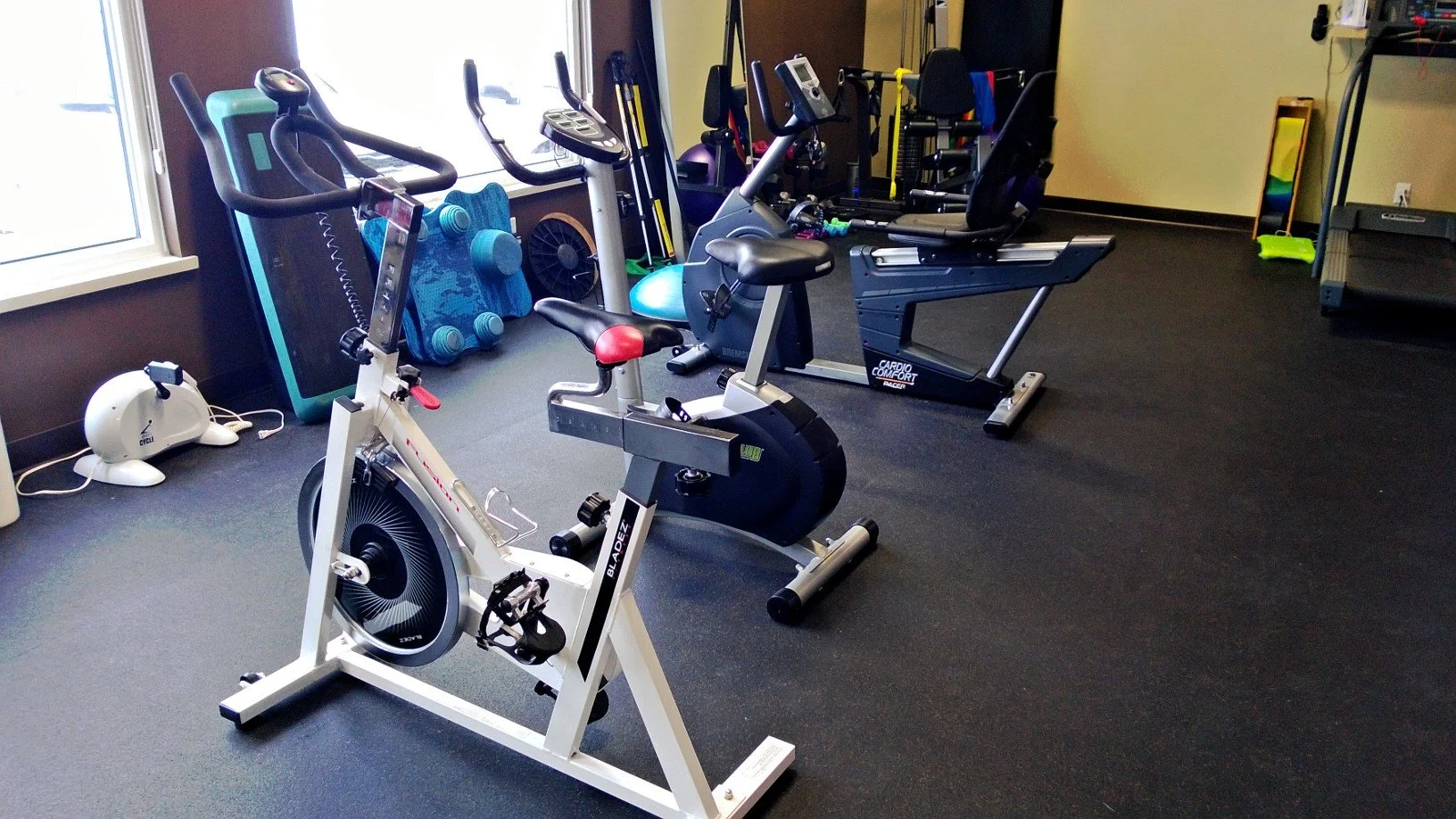Physiotherapy
Your journey to a stronger, healthier you starts here.
What is Physiotherapy?
Physiotherapy is a healthcare profession that uses hands-on techniques, exercises, and other interventions to assess, diagnose, and treat illness, injury, or disability, with the goal of improving mobility, preventing disease and injury, managing conditions, and enhancing or restoring overall function.
Physiotherapists work with individuals of all ages and with different health conditions. They use different techniques, such as exercises and manual therapy, to create personalized treatment plans that address their clients' specific needs and goals. They promote mobility, prevent disease and injury, manage conditions, rehabilitate injuries, and educate clients to prevent re-injury or functional decline, with the aim of enhancing or restoring multiple body systems.
What Do Physiotherapists Treat?
Physiotherapists can treat a wide range of conditions, including:
Musculoskeletal injuries, such as sprains, strains, fractures, and dislocations.
Chronic pain conditions, such as back pain, neck pain, and arthritis.
Neurological disorders, such as stroke, multiple sclerosis, and Parkinson's disease.
Cardiovascular conditions, such as heart disease and chronic obstructive pulmonary disease (COPD).
Sports injuries, such as tennis elbow, runner's knee, and rotator cuff injuries.
Pediatric conditions, such as developmental delays, cerebral palsy, and Down syndrome.
Women's health issues, such as pelvic pain, incontinence, and prenatal/postpartum care.
Work-related injuries and ergonomic issues, such as repetitive strain injuries and postural problems.
Geriatric conditions, such as falls prevention, osteoporosis, and frailty.
Post-surgical rehabilitation, such as joint replacements and spinal surgery.
These are just some examples of the many conditions that physiotherapists can treat. They use a variety of techniques and approaches to help individuals recover, manage their symptoms, and improve their overall function and quality of life. If you are curious about whether Physiotherapists treat a condition you do not see listed here, please call one of our clinics to ask!
Modalities Used in Physiotherapy
Manual therapy: This includes hands-on techniques such as massage, joint mobilization, and manipulation to help reduce pain, improve circulation, and increase range of motion.
Exercise therapy: This includes a range of exercises designed to help patients improve their strength, flexibility, and balance. Exercises can be tailored to the patient's specific needs and goals.
Shockwave Therapy: a non-invasive treatment that uses high-frequency acoustic waves to stimulate healing and promote tissue regeneration. It is commonly used to treat conditions such as plantar fasciitis, tendonitis, and calcific tendinitis.
Acupuncture: This involves the insertion of fine needles into specific points on the body to help reduce pain and promote healing.
Ultrasound: Ultrasound uses high-frequency sound waves to generate heat deep within tissues, promoting tissue healing, reducing pain, and improving blood flow. It is often used for conditions like tendinitis, bursitis, or muscle spasms.
LASER: Laser therapy involves the use of low-intensity lasers or light-emitting diodes (LEDs) to deliver specific wavelengths of light to targeted tissues. These non-thermal lasers emit photons that penetrate the skin and interact with cells, promoting various biological responses.
Taping: This involves using various types of tape to help support injured joints, muscles, or ligaments, and to help reduce pain and inflammation.
Electrotherapy: This includes various techniques that use electrical stimulation to help reduce pain, improve circulation, and promote healing. Examples include ultrasound therapy, transcutaneous electrical nerve stimulation (TENS), and interferential therapy.
Heat and cold therapy: This includes using hot or cold packs to help reduce pain and inflammation, improve circulation, and promote healing.
These are just some of the many modalities used in physiotherapy. A physiotherapist will work with each patient to develop an individualized treatment plan that may include one or more of these modalities, depending on the patient's specific needs and goals.



